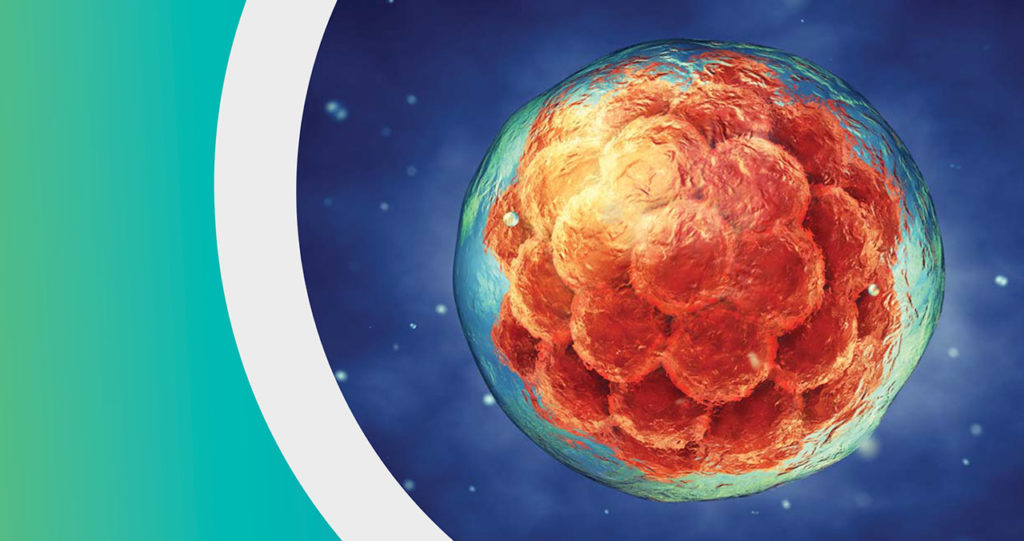
The European Society of Human Reproduction and Embriology -ESHRE) has developed a guideline to promote best practices in deciding the number of embryos to transfer in In Vitro Fertilisation (IVF) or ICSI cycles.
Embryologist Gemma Arroyo, coordinator of the Embryology Group of ESHRE and one of the directors of the IVF laboratories at Dexeus Mujer, was part of the working group that developed this guideline aimed at both patients and professionals.
In general, there is no single factor that alone justifies a Double Embryo Transfer (DET) fover an Elective single embryo transfer, eSET).
The guideline provides 35 recommendations on the medical and non-medical risks associated with multiple pregnancies and on the clinical and embryological factors that should be considered when deciding on the number of embryos to transfer. Of these recommendations, 25 are evidence-based, including 24 decision-making recommendations and one conditional recommendation. The guideline also includes 10 best practices.
DET correlates with a higher rate of multiple pregnancy, leading to a subsequent increase in complications for both the mother and the babies. These complications include preterm birth, low birthweight, and other adverse perinatal outcomes. To mitigate the risks associated with multiple pregnancies, national and international professional organisations recommend eSET as the preferred approach in ART (Assisted Reproductive Technology). The guideline takes into consideration factors such as the patient’s reproductive history and age, among others.
The work was recently published in the journal Human Reproduction, a leading journal in the field.